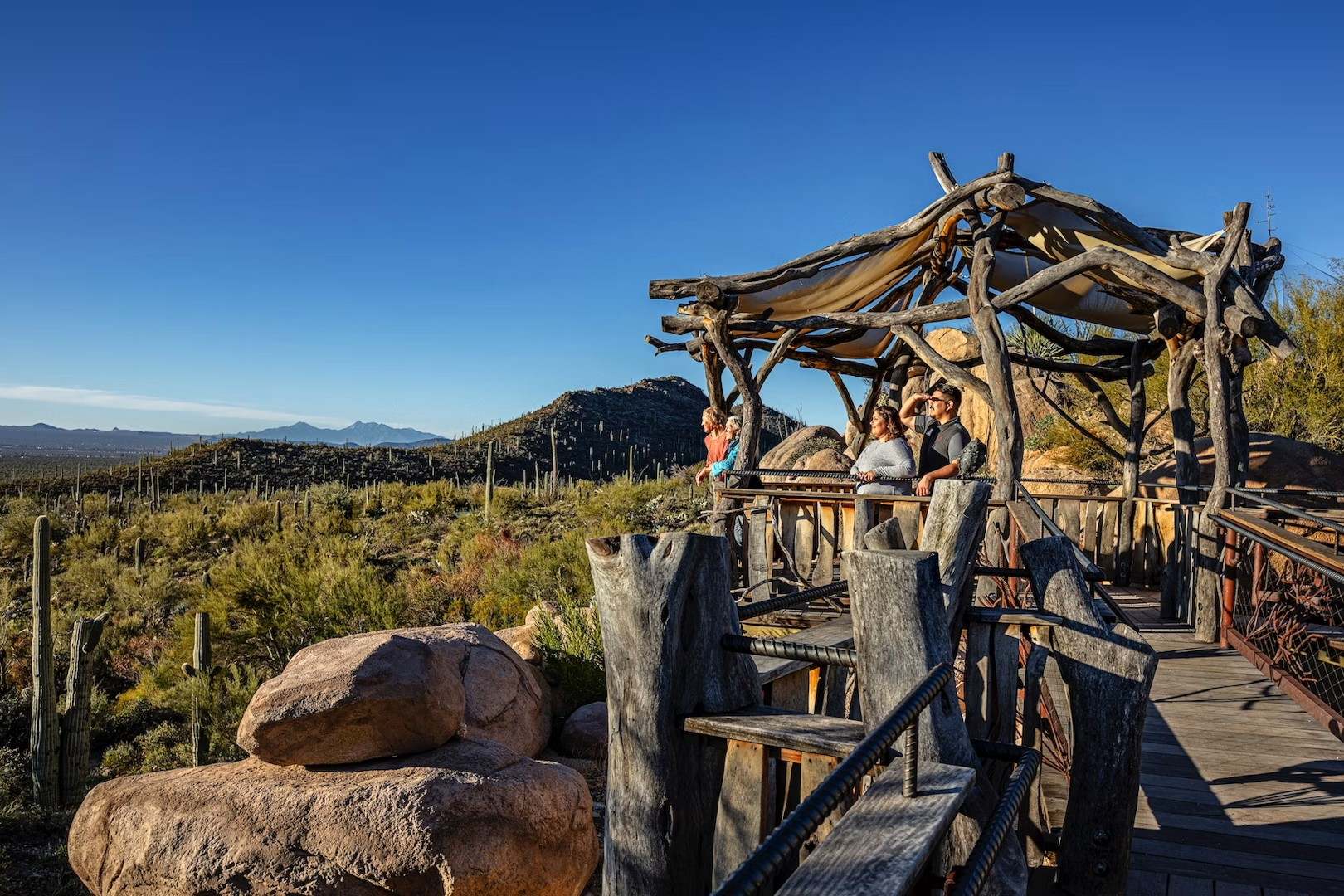Secrets Of Arizona’s Sonoran Desert Trading Paths

Have you ever wondered about the ancient trading paths of the Sonoran Desert in Arizona? These routes, used by Native American tribes for centuries, are rich with history and culture. Imagine walking the same paths where goods like turquoise, shells, and pottery were exchanged. The Sonoran Desert is not just a vast expanse of sand and cacti; it’s a living museum of human ingenuity and survival. From the Hohokam to the Tohono O’odham, these trails tell stories of trade, travel, and tradition. Ready to step back in time and explore these fascinating routes? Let’s dive into the secrets of Arizona's Sonoran Desert trading paths.
Secrets of Arizona's Sonoran Desert Trading Paths
The Sonoran Desert, a vast expanse of arid beauty, hides many secrets. Among them are ancient trading paths that once buzzed with activity. These paths, carved by indigenous tribes and early settlers, tell tales of commerce, culture, and survival. Let's uncover some of these hidden gems.
Ancient Trade Routes
Long before modern highways, indigenous tribes used intricate networks of trails to trade goods. These paths connected distant communities, fostering trade and cultural exchange.
- Salt River Path: This route followed the Salt River, providing a vital link between tribes. Salt, a precious commodity, was traded for food, tools, and other essentials.
- Gila River Trail: Stretching along the Gila River, this trail was crucial for trading pottery, textiles, and crops. It connected tribes from present-day New Mexico to California.
- Hohokam Canals: Ingenious Hohokam people built extensive canal systems for irrigation and trade. These canals facilitated the exchange of goods and ideas across the desert.
Spanish Influence
Spanish explorers and missionaries left their mark on the Sonoran Desert. They introduced new goods, animals, and plants, transforming the region's trade dynamics.
- El Camino del Diablo: Known as the Devil's Highway, this perilous route was used by Spanish explorers. It connected Sonora, Mexico, to California, passing through treacherous desert terrain.
- Mission San Xavier del Bac: Founded by Spanish missionaries, this mission became a hub for trade and cultural exchange. It played a significant role in spreading European goods and ideas.
Modern-Day Echoes
Today, remnants of these ancient paths can still be found. They offer a glimpse into the past and a chance to walk in the footsteps of those who came before.
- Arizona Trail: This modern trail spans the entire state, from Mexico to Utah. It intersects with many ancient trading paths, offering hikers a chance to explore history.
- Butterfield Overland Mail Route: Used in the mid-1800s, this route carried mail and passengers across the desert. It followed some of the same paths used by indigenous traders centuries earlier.
- Kino Heritage Fruit Trees Project: This project revives fruit trees introduced by Spanish missionaries. These trees, once traded along ancient paths, now grow in community gardens, preserving history.
Cultural Significance
The trading paths of the Sonoran Desert are more than just routes. They are cultural lifelines, connecting people and traditions across time.
- Tohono O'odham Nation: The Tohono O'odham people have lived in the Sonoran Desert for centuries. Their traditional trading paths are still used today, preserving their rich cultural heritage.
- Casa Grande Ruins: This ancient Hohokam site was a major trading center. The ruins offer a glimpse into the sophisticated trade networks that once thrived in the desert.
The Timeless Allure of Arizona's Sonoran Desert
Arizona's Sonoran Desert trading paths offer a unique glimpse into the past. These ancient routes reveal stories of early inhabitants, their trade practices, and the rich culture that thrived in this harsh environment. Exploring these paths, you can feel the connection to history and nature. The desert's beauty, with its diverse flora and fauna, adds to the experience. Whether you're hiking, biking, or simply walking, each step brings a new discovery. The Sonoran Desert is more than just a landscape; it's a living museum of human resilience and natural wonder. So, next time you're in Arizona, take a moment to wander these historic trails. You'll leave with a deeper appreciation for the desert and its timeless allure.

